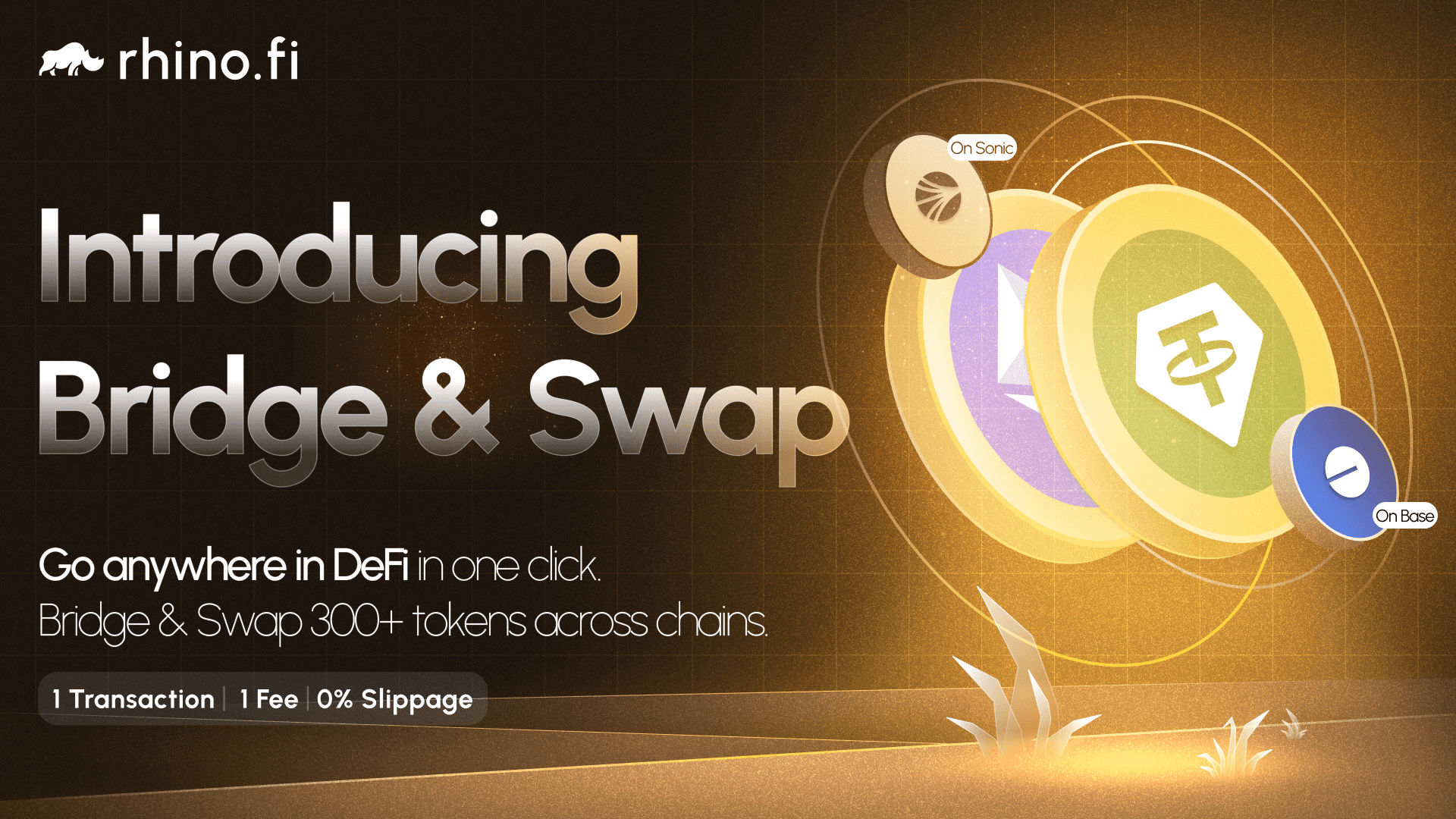It’s easy to think we’re in unprecedented times.
The collapse of Terra’s UST stablecoin has created the biggest controversy ever seen in crypto. Sixty billion dollars have been wiped off the market — the same amount swindled by Bernie Madoff in his Ponzi scheme of the late-noughties.
Not only that, but we’ve seen the collapse of some of the weakest elements of the space. DeFi 2.0 has floundered, several NFTs have crashed and the price of the Wonderland protocol has plummeted after its co-founder was outed as an alleged fraudster.
If there was any lingering doubt that we were in a bear market, that doubt has now been eviscerated. A lot of tokens currently have no liquidity, and I’ve heard plenty of stories of VCs stalling on investment rounds, even trying to renegotiate prices.
At the same time, we’ve got the wider context – rising inflation, spiralling interest rates and the ongoing chaos in Eastern Europe. Which means we’re looking at a crypto bear market inside a global bear market.
So, in summary: the excrement has hit the ventilator. Or at least, that’s how most commentators are painting it.
But, in fact, we’ve been here before. DeFi, and crypto, have faced a very similar crisis in our recent history. That crisis created a ‘Noah’s Ark moment’ in our space, and I believe we’re heading for an even more decisive one.
In 2018 we faced the so-called ‘crypto winter’, which saw billions wiped off the value of the world’s most popular cryptocurrencies. Over the course of that year, Ethereum’s value slipped from over $1,000 to less than $90 (it’s now just over $1,000, for context).
And while we didn’t face the same politico-economic headwinds that are howling right now, the fault-lines of 2018 were caused by the same structural flaws we see today.
Back then, a flurry of dubious projects had shot up almost overnight, encouraged by the new trend of ICOs. A gallery of cultish leaders were making bold promises, which turned out not to be viable. When the tide of confidence went out of the market, these leaders were left swimming naked.
The downturn wasn’t sudden; just like the one we’re facing now, it began gradually. At the beginning of 2018 we had a cooling-down period, and it wasn’t even obvious that we were in a bear market. A lot of people maintained that things were fine, even when top assets like Bitcoin and Ethereum began to decline.
Over time, however, we began to witness the dying throes of liquidity and desperate attempts by certain individuals to keep the party going by gambling more and more. If you’ve followed the recent struggles of DeFi 2.0, you’ll be familiar with the script.
But eventually all this began to die off, and things became really quiet. We’d heard all kinds of wild promises, talk of 20-plus lending markets, but the hype machine started to power down. The tumult on Twitter turned to tumbleweeds too, as influencers ditched their accounts and disappeared in droves.
Gradually, the less committed teams began to shut down. Lots of people who’d been lured by the hype or the promise of inflated salaries began to drift away. And the projects that had raised funds through Ethereum-based ICOs found the price of the asset plummeting.
But the strong teams kept appearing, kept building. With no background noise to contend with, these teams could focus on creating great products. No-one was listening to the sales pitch anymore, so there was no need to put out glitzy announcements.
So we saw a kind of filter develop. The flakier projects began to fade and only the ones truly committed to crypto and DeFi remained. This made our space stronger, and created a better overall experience for the user; prior to 2018 we’d seen a lot of spamming of blockchains, but that stopped happening. It was refreshing, actually.
Even with all the turmoil, with investment almost impossible to find, a number of disruptive projects found a way to flourish. Polygon (then known as Matic) began to gain traction, providing a viable solution to Ethereum’s scaling challenge. Two new lending protocols, Aave and Compound, became prominent too; today, they dominate the decentralised lending market. Out of crisis came creativity and disruption.
Ok, now back to 2022. Will we see something similar this time?
Well the crypto market, just like the fiat market, is extremely difficult to predict. Back in 2018 some people thought crypto would bounce back quickly; others predicted it would collapse altogether. Hardly anyone got it right.
What we can be sure of, though, is that the general public will react the same way. The media will stop hyping up crypto (in fact it already has), and investors will become more cautious, so funding will be harder to find.
For DeversiFi, and every other project in DeFi, this is both a threat and an opportunity.
First and foremost, we need to survive this period. Yes, the underlying conditions are more robust than they were in 2018 – infrastructure is more built-out, use-cases are more validated, and the collapse of UST may have actually accelerated the bottoming-out – but we’re still faced with a world which has precious little disposable income, and views crypto with cynicism after the events of recent weeks.
However, if we can survive this period, we’ll be in an even stronger position. Just like in 2018, a number of less committed projects will disappear.
What can we, as a community, do to maximise our prospects during this period? In my opinion, it comes down to three things:
- Stay laser-focused. This is the time we can genuinely focus on building what our users want, and we should maximise this. In DeversiFi’s case, we felt pressure last year to do things that would help our token price, and like many other teams we embarked on a number of distracting projects. That doesn’t matter in this market, though. What matters is building a really great core product that people want to use, channelling all our energy and resource into this primary focus.
- Be flexible. We need to be able to react to new trends and go wherever our users lead us. During the last year, it’s been almost impossible to follow everything going on. There were so many different chains and so many different opportunities – NFTs, DeFi and all the rest. But now there’ll be a small number of trending areas: these could be Airdrops on Optimism, for example, or staking yield opportunities. Wherever these opportunities arise, we need to jump on them and offer them to our users.
- Know your strengths. Projects have to identify the things they can become the best at. Returning to DeversiFi again, we feel we can be the best at offering opportunities across different chains: earlier this month we took a giant step toward multi-chain by launching cross-chain swaps to Polygon, and there’ll be more to come.
Yes, things will be rough. The next few months could be even more challenging than those of 2018, and we should prepare for the worst.
But, just like four years ago, the best projects will get even better through this period. The tide may be going out right now, but those who earn their place on the Ark will soon reach calmer waters.





